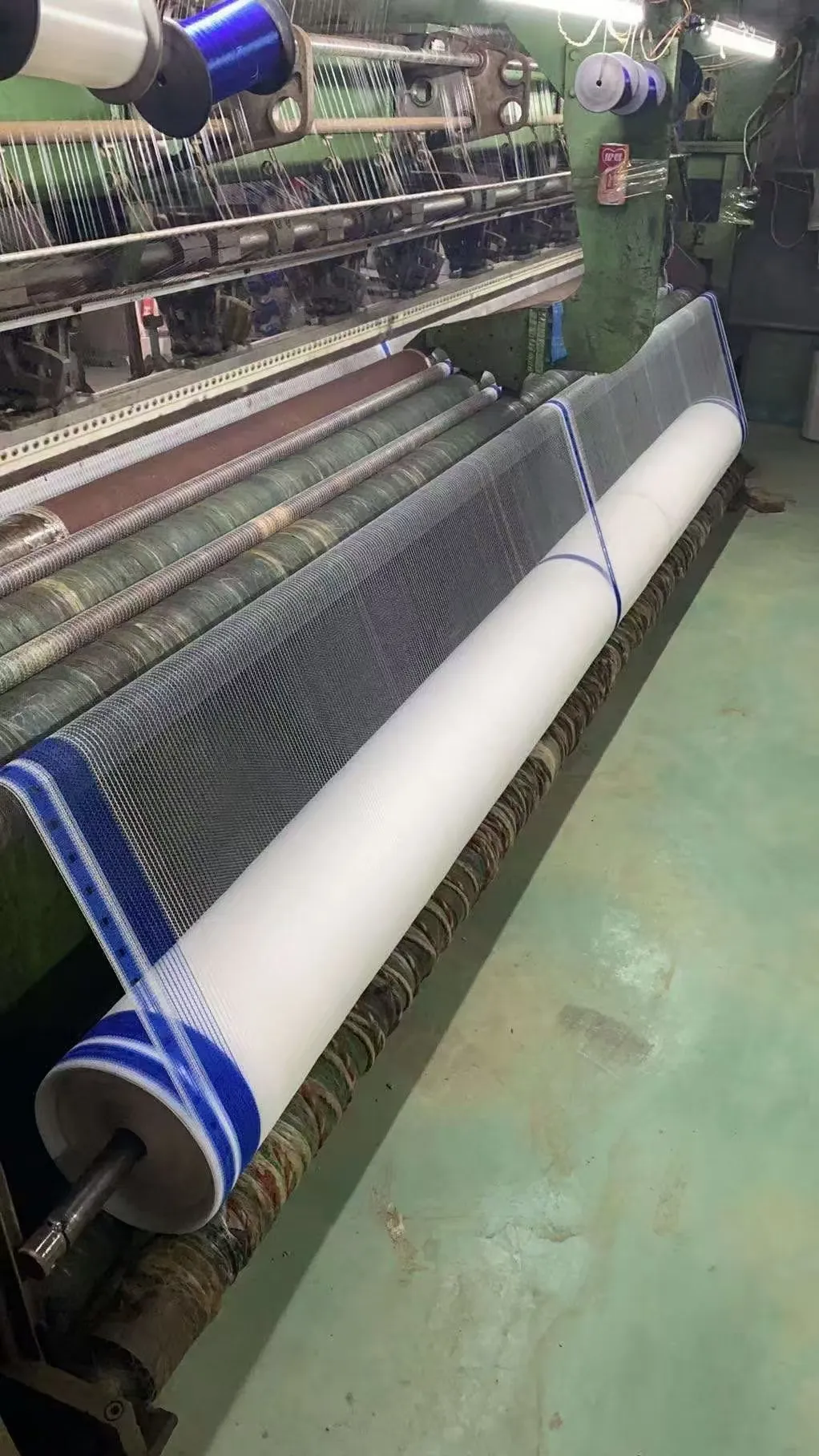-
 Afrikaans
Afrikaans -
 Albanian
Albanian -
 Amharic
Amharic -
 Arabic
Arabic -
 Armenian
Armenian -
 Azerbaijani
Azerbaijani -
 Basque
Basque -
 Belarusian
Belarusian -
 Bengali
Bengali -
 Bosnian
Bosnian -
 Bulgarian
Bulgarian -
 Catalan
Catalan -
 Cebuano
Cebuano -
 China
China -
 Corsican
Corsican -
 Croatian
Croatian -
 Czech
Czech -
 Danish
Danish -
 Dutch
Dutch -
 English
English -
 Esperanto
Esperanto -
 Estonian
Estonian -
 Finnish
Finnish -
 French
French -
 Frisian
Frisian -
 Galician
Galician -
 Georgian
Georgian -
 German
German -
 Greek
Greek -
 Gujarati
Gujarati -
 Haitian Creole
Haitian Creole -
 hausa
hausa -
 hawaiian
hawaiian -
 Hebrew
Hebrew -
 Hindi
Hindi -
 Miao
Miao -
 Hungarian
Hungarian -
 Icelandic
Icelandic -
 igbo
igbo -
 Indonesian
Indonesian -
 irish
irish -
 Italian
Italian -
 Japanese
Japanese -
 Javanese
Javanese -
 Kannada
Kannada -
 kazakh
kazakh -
 Khmer
Khmer -
 Rwandese
Rwandese -
 Korean
Korean -
 Kurdish
Kurdish -
 Kyrgyz
Kyrgyz -
 Lao
Lao -
 Latin
Latin -
 Latvian
Latvian -
 Lithuanian
Lithuanian -
 Luxembourgish
Luxembourgish -
 Macedonian
Macedonian -
 Malgashi
Malgashi -
 Malay
Malay -
 Malayalam
Malayalam -
 Maltese
Maltese -
 Maori
Maori -
 Marathi
Marathi -
 Mongolian
Mongolian -
 Myanmar
Myanmar -
 Nepali
Nepali -
 Norwegian
Norwegian -
 Norwegian
Norwegian -
 Occitan
Occitan -
 Pashto
Pashto -
 Persian
Persian -
 Polish
Polish -
 Portuguese
Portuguese -
 Punjabi
Punjabi -
 Romanian
Romanian -
 Russian
Russian -
 Samoan
Samoan -
 Scottish Gaelic
Scottish Gaelic -
 Serbian
Serbian -
 Sesotho
Sesotho -
 Shona
Shona -
 Sindhi
Sindhi -
 Sinhala
Sinhala -
 Slovak
Slovak -
 Slovenian
Slovenian -
 Somali
Somali -
 Spanish
Spanish -
 Sundanese
Sundanese -
 Swahili
Swahili -
 Swedish
Swedish -
 Tagalog
Tagalog -
 Tajik
Tajik -
 Tamil
Tamil -
 Tatar
Tatar -
 Telugu
Telugu -
 Thai
Thai -
 Turkish
Turkish -
 Turkmen
Turkmen -
 Ukrainian
Ukrainian -
 Urdu
Urdu -
 Uighur
Uighur -
 Uzbek
Uzbek -
 Vietnamese
Vietnamese -
 Welsh
Welsh -
 Bantu
Bantu -
 Yiddish
Yiddish -
 Yoruba
Yoruba -
 Zulu
Zulu
Versatile and Eco-Friendly Bag Solutions for Everyday Use and Travel
The Growing Popularity of Flexible Bags in Modern Packaging
In recent years, flexible bags have emerged as one of the most versatile and efficient packaging solutions across various industries. From food products and beverages to pharmaceuticals and personal care items, the flexible bag offers a unique combination of functionality, sustainability, and cost-effectiveness, making it an increasingly popular choice among manufacturers and consumers alike.
What are Flexible Bags?
Flexible bags, also known as flexible packaging, are made from materials such as plastic, foil, or paper which can be shaped or molded into various forms. Unlike rigid packaging options like bottles and boxes, flexible bags can easily conform to the product they hold, which not only saves space but also reduces transportation costs. These bags come in various sizes and designs, including pouches, sachets, and wraps, making them suitable for a wide array of applications.
Benefits of Flexible Bags
One of the primary benefits of flexible bags is their lightweight nature. This characteristic significantly reduces freight costs, as more products can be packed into a single shipment. Additionally, the reduced weight leads to lower carbon emissions during transportation, aligning with the growing consumer demand for environmentally-friendly practices.
Another notable advantage is the space-saving feature of flexible bags. Traditional packaging can take up significant shelf space, whereas flexible bags can be stacked, folded, or grouped together more efficiently. This not only maximizes retail space but also optimizes storage for manufacturers.
Flexible packaging also provides excellent barrier properties. Innovative materials allow these bags to protect products from moisture, light, and oxygen, thus extending shelf life and preserving the quality of perishable items. This attribute is particularly crucial in the food industry, where maintaining freshness is paramount.
flexible bags

Moreover, the customization options for flexible bags are virtually limitless. Brands can easily incorporate unique shapes, sizes, and graphics into their packaging, making it easier to stand out on crowded shelves. Eye-catching designs and promotional messages can attract consumers and foster brand loyalty.
Environmental Considerations
As sustainability becomes increasingly important to consumers, the flexible packaging industry is also evolving. Many manufacturers are adopting eco-friendly materials, such as biodegradable plastics and recyclable laminates, to minimize the environmental impact of their products. Additionally, the lower energy required to produce flexible packaging compared to traditional rigid containers contributes to reduced carbon footprints.
Innovative recycling programs are also being implemented in various regions to encourage the responsible disposal of flexible bags. By educating consumers about proper recycling practices, the industry aims to create a more sustainable cycle for packaging materials.
Conclusion
The rise of flexible bags is reshaping the packaging landscape across industries. Their combination of efficiency, customization, and eco-friendliness makes them an attractive option for businesses looking to enhance their packaging solutions. As more manufacturers prioritize sustainability and strive for innovative designs, the flexible bag market is likely to continue its upward trajectory.
In a world where convenience and environmental responsibility are increasingly valued, flexible bags represent a perfect balance. With ongoing advancements in materials and technology, the future of flexible packaging looks bright, promising to meet the needs of both consumers and the planet alike. The journey of flexible bags, from mere practicality to a symbol of modern, sustainable packaging, is a testament to innovation in the industry. As the demand for flexible bags continues to grow, so too does the potential for new solutions that contribute positively to our environment and economy.
-
Why Construction Steel Mesh is the Backbone of Modern InfrastructureNewsJun.27,2025
-
The Ultimate Solution for Versatile Industrial and Consumer ApplicationsNewsJun.27,2025
-
Smart Breeding Starts Here: The Ideal Breeder Net for GuppiesNewsJun.27,2025
-
Maximize Your Harvest with Smart NetNewsJun.27,2025
-
High-Performance Steel Mesh Solutions for Modern IndustryNewsJun.27,2025
-
Durable Solutions for Modern Agriculture and LandscapingNewsJun.27,2025











